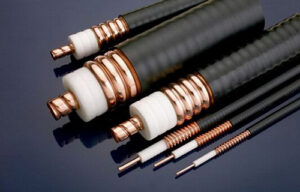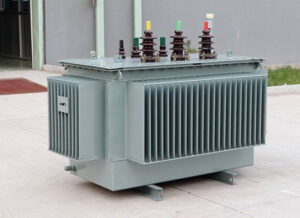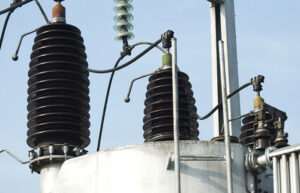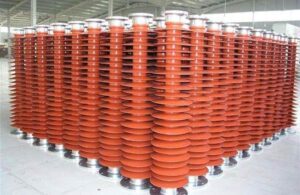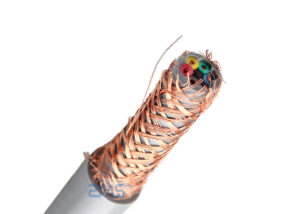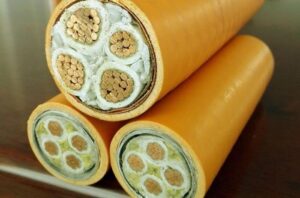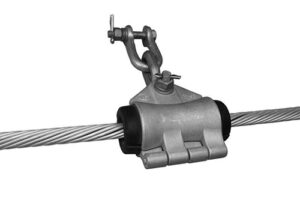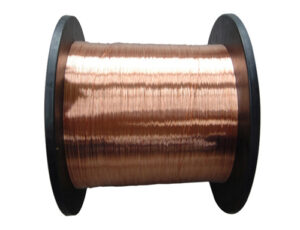A coaxial cable is a wire and signal transmission line. It is generally caused by four layers of material: the innermost is a conductive copper wire, and the outside of the wire has a layer of plastic (used as an insulator, a dielectric). On the outside of the insulator, there is a thin mesh of conductive bodies (usually copper or alloy). Then the conductor is outside the outermost layer of insulating material as the outer skin.
Information
Recent cable industry information shared by the world’s top cable manufacturers. The most authoritative cable and wire website.
Take You Through What a Power Transformer Is?
A transformer is static electrical equipment used to transform the AC voltage and current and transmit the AC electrical energy. It is based on the principle of electromagnetic induction to achieve the transmission of electrical energy. Transformers can be divided into power transformers, test transformers, instrument transformers, and special-purpose transformers: power transformers are necessary equipment for power transmission and distribution, power user distribution. Test transformers are equipment for withstanding voltage (boost) tests of electrical equipment; instrument transformers are used for electrical measurement and relay protection (PT, CT) of power distribution systems.
What are the Classifications of Insulators? Which One is Better?
Power line insulators mainly have the following types: suspension insulators, pillar insulators, porcelain insulators, glass insulators, composite insulators, low-voltage insulators and high-voltage insulators, fouling-resistant insulators, and DC insulators.
Characteristics and Performance of High Voltage Post Insulators
Post insulator products consist of the iron cap, tempered glass parts, and steel feet, and are glued together with cement. The product all adopts the most advanced international cylindrical head structure, which is characterized by small head size. Lightweight, high strength, and large creep age distance. It can save metal materials and reduce the cost of the line. In order to meet the needs of live operation, the traditional domestic structure shape is adopted on the brim of the cap.
Shielding Of Power Cables
Conductor shielding:
According to relevant industry standards, cables with rated voltage exceeding 2KV need conductor shielding. Conductor shielding, also known as inner shielding, is used to form a smooth layer on the relatively rough surface of the stranded conductor to reduce the concentration of electric field at the insulation interface.
Mineral Cables Have Advantages Over Traditional Cables
The durability and reliability of mineral cable are more advantageous than traditional cable. In addition, the mineral cable is also fire-resistant, mineral cable continuous working temperature of 250 ℃. It can supply power continuously for 3 hours at 950 °C-1000 °C, and can work close to the melting point of copper 1083 °C for short periods or extraordinary periods. Due to the excellent performance of the mineral insulated cable. Therefore, it is suitable for lines with a rated voltage below 1000V.
Basic Introduction of Suspension Clamp
The typical products of suspension clamp now retain the U-bolt style (usually called ship clamp). It is composed of a hanger U-bolt, clamp hull, and pressing plate made of malleable cast iron. The other is a pre-twisted suspension clamp. The suspension clamp is used to fix the conductor on the insulator string of the linear pole and tower or hang the lightning conductor on the linear pole and tower. It can also be used to support the transposition conductor on the transposition pole and tower and fix the jumper of the tension angle pole and tower.
What Kind of Cable is the Mineral Cable? Do Not Be Confused With Other Cables.
A mineral insulated cable is a cable with a copper sheath wrapped around the copper conductor core and magnesium oxide powder as inorganic insulation material to isolate the conductor and sheath. The outermost layer can be selected as required with the appropriate protective jacket.
Fire-resistant in mineral insulated cable, due to the entire material of this cable, are used inorganic materials. So it has some advantages that are not possible with other cables. Fire resistance is applied in mineral insulated cables.
What is the Copper-clad Aluminum Wire?
Copper-clad aluminum wire can be divided into two categories: one is the copper-clad aluminum wire used for signaling or communication. The other type is the copper-clad aluminum wire used for the power supply.
What are the Product Types of Cables? What is the Basic Knowledge of Cables?
Bare Conductor Wire
Bare wire and bare conductor products refer to the conductive wire without insulation and sheath. It mainly includes three series of products: bare single wire, bare stranded wire and profile wire.
Copper and aluminum single wire: including soft copper single wire, hard copper single wire, soft aluminum single wire, hard aluminum single wire. Mainly used as a variety of wire and cable semi-products, a small amount of communication wire and motor appliances manufacturing.

